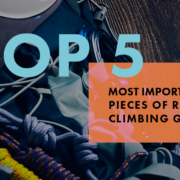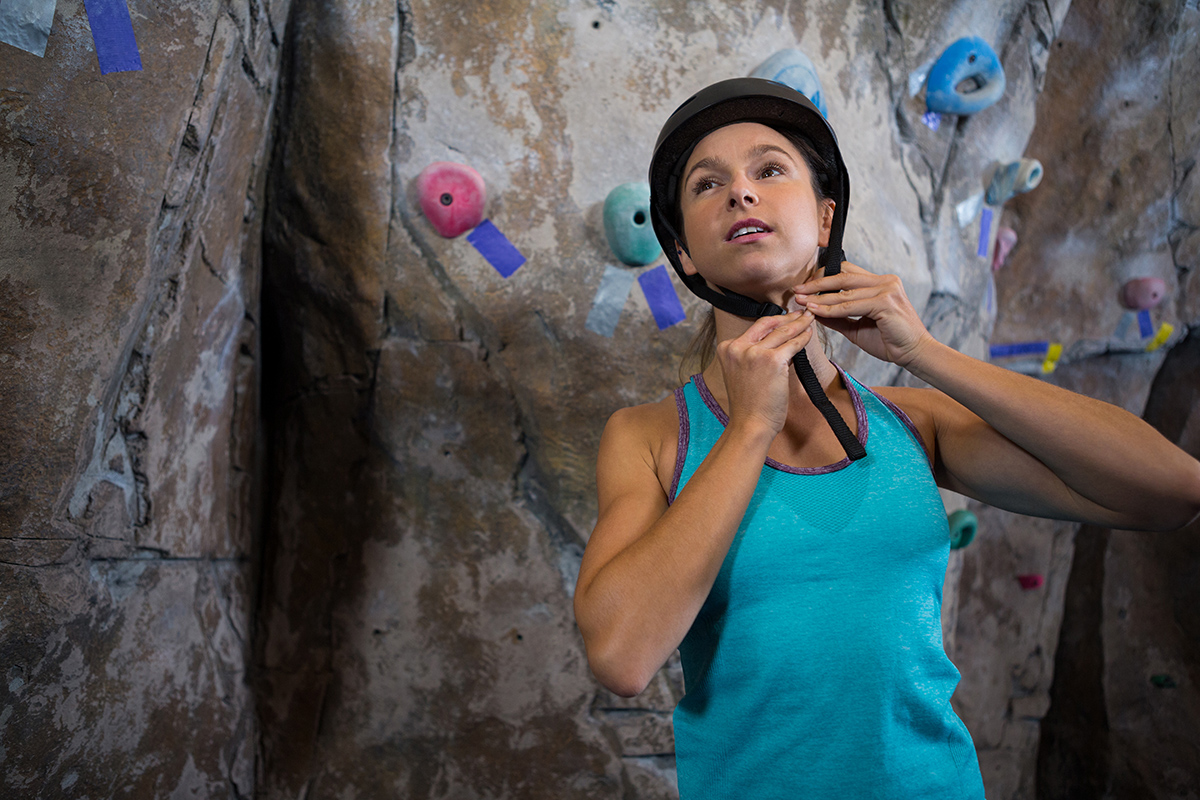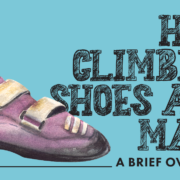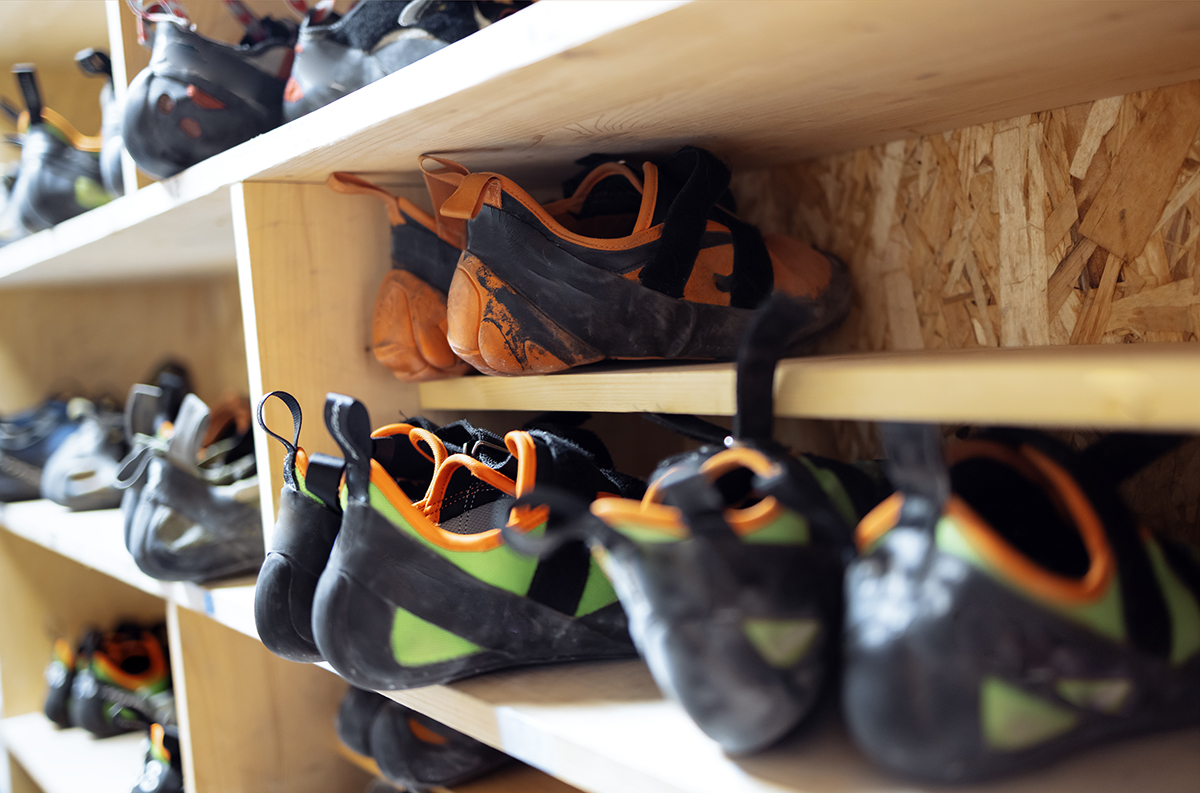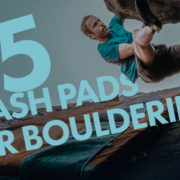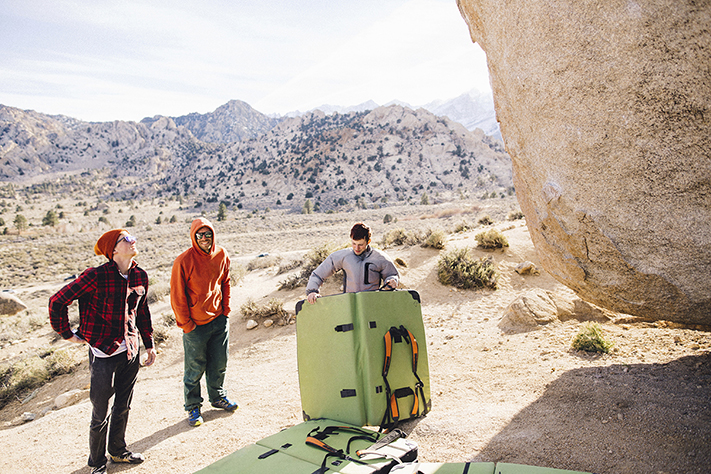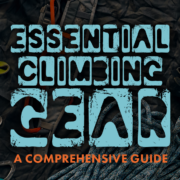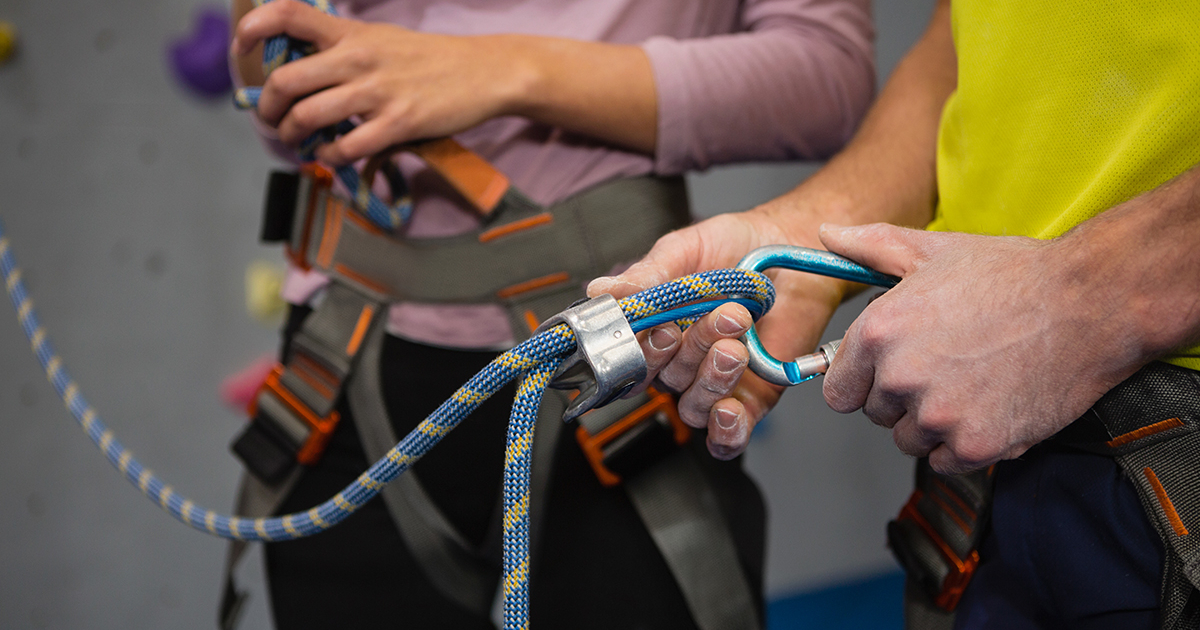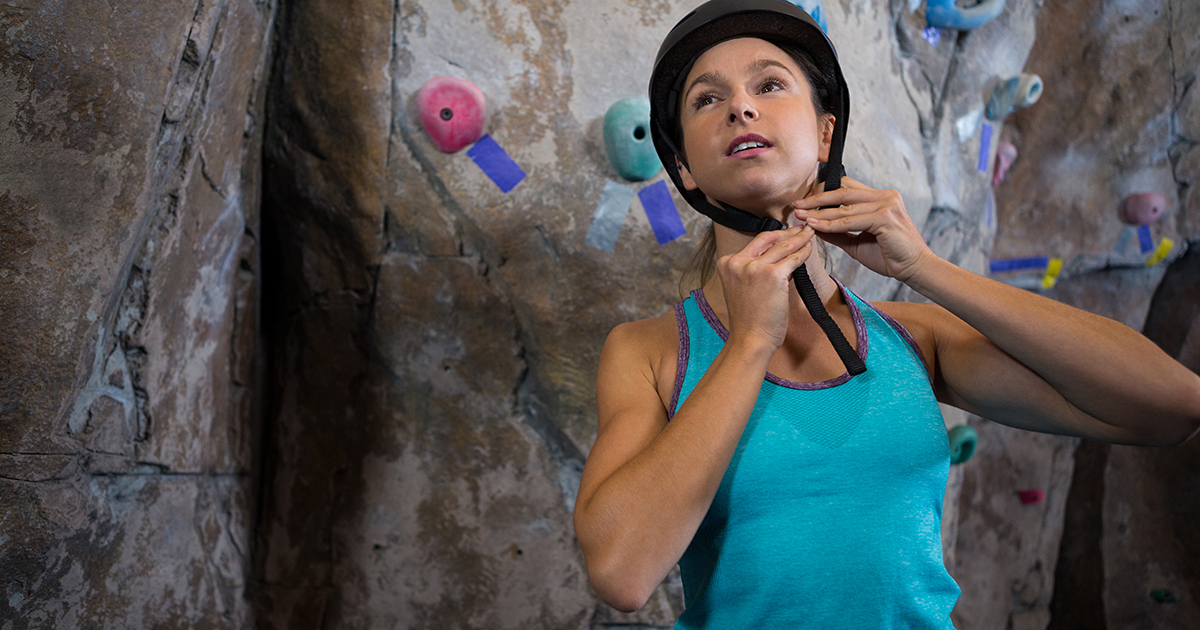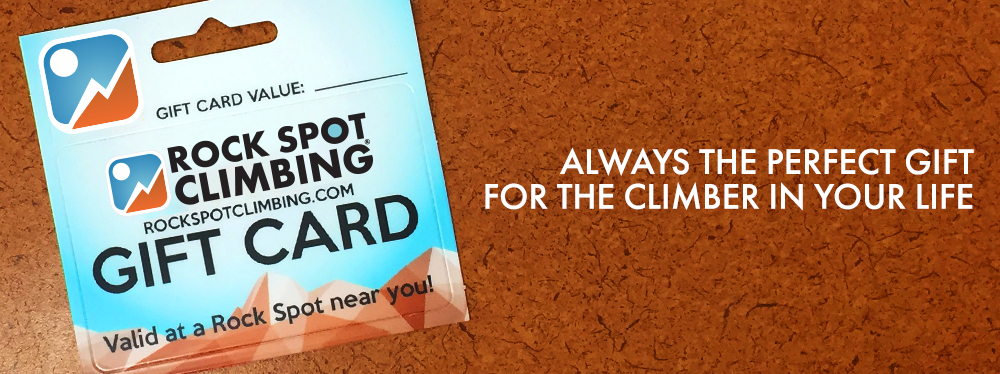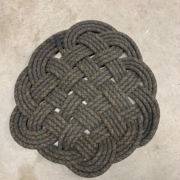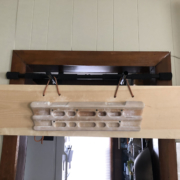1. Climbing Shoes Are Your Connection to the Rock
Your shoes are your greatest ally in climbing. They keep you on the wall, allowing you to stand on even the tiniest footholds. A poorly chosen pair can mean slipping off footholds, wasted energy, and, in extreme cases, even injury. The right shoes, however, provide confidence, allowing you to focus on movement rather than second-guessing your footing.
Climbing shoes are not one-size-fits-all. Different styles are suited for different wall angles and climbing disciplines. Neutral climbing shoes have a relaxed shape, offering comfort for long climbs and beginner-friendly support. They’re perfect for all-day routes! Aggressive shoes, on the other hand, have a downturned feature that focuses the power on the toes. These are ideal for overhangs and precision footwork, but can be uncomfortable for extended wear or unsuitable for slab climbing.
Lace-up shoes offer the most customizable fit, allowing for precise tension adjustments throughout the shoe. Velcro shoes provide convenience, making them easy to take on and off, which is excellent for bouldering or if you bought a pair that is slightly too small. Slip-on shoes offer a sock-like fit with a minimalist design, enhancing sensitivity.
2. A Climbing Harness Keeps You Hanging
A harness keeps you securely attached to the rope, distributing force evenly if (when) you fall. It allows you to clip into protection points, belay a partner, and hang comfortably when working on a route.
A harness comprises a waist belt, leg loops, gear loops, and belay loops. The waist belt should sit snugly above your hips. Leg loops can be adjustable or fixed, so measure yourself if you’re buying online. Gear loops hold your gear, while the belay loop is the strongest part of the harness and is responsible for handling your weight.
Sport climbing harnesses are typically lightweight with minimal padding. Many trad harnesses have extra loops to hold more gear. Alpine harnesses are ultra-light and designed for layering over bulky clothing in icy conditions.
Your harness should be snug but not restrictive. It should not be so loose that it can be pulled down, but it should not be as tight as a corset, either. A good rule of thumb is to fit two fingers under the waist belt, but not more. Leg loops should be secure but allow for a wide range of motion.
3. Climbing Ropes: Dynamic vs. Static
Dynamic ropes stretch to absorb the force of a fall, making them essential for lead climbing. Static ropes, which don’t stretch, are used for rappelling, hauling gear, and rescue scenarios. You’ll typically only use a dynamic rope.
Thicker ropes (10 mm+) are durable but quite heavy. Many climbers like to use these if they’re setting up a top rope. Thinner ropes (8.5mm–9.5mm) are lighter and ideal for alpine and sport climbing. Don’t forget about the length, too. Most climbing gyms require 40m ropes, while outdoor sport routes often need 60m or 70m. You should always look ahead to see what length of rope you need before climbing!
Even if a rope looks intact, unseen damage could compromise its integrity. Inspect them regularly, and retire ropes after a significant fall, excessive wear, or after five years of regular use. If not used regularly, definitely retire it after 10 years.
4. Belay Devices and Why They’re Important
A belay device controls the rope, allowing you to arrest a fall, lower a climber, and safely belay your partner. Without these, everybody would still be body-belaying!
Tubular devices, like the ATC, are versatile and widely used. However, assisted braking devices, like the GriGri, have become much more popular in recent years. They add an extra layer of safety by automatically engaging in a fall.
Always follow the “brake hand never leaves the rope” rule. Keep proper tension, avoid cross-loading carabiners, and communicate with your partner, even when using an assisted braking device. These devices are used for your convenience and are great in the event of an accident, but they shouldn’t be treated as hands-free devices.
5. Helmets and How They Help
The reasons for wearing a helmet should be obvious, but if they aren’t, climbing involves risks, such as falling rocks, unexpected slips, and swinging into the wall. A helmet can prevent serious head injuries and should be considered non-negotiable.
A proper fit should be snug but not tight. The chin strap should prevent movement but allow for easy breathing. Test the fit by shaking your head; if it jiggles around, it’s too loose!
If your helmet has taken a brutal hit, replace it immediately. Cracks, dents, and compromised foam won’t protect you effectively. Even if they appear fine, most helmets should be replaced every five years.

